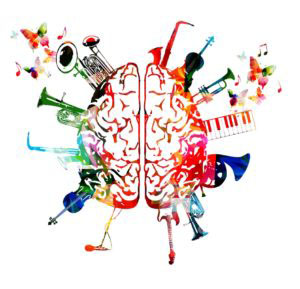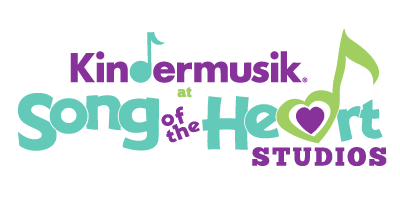You’ve heard us say it in class after class: music is the only stimulus that lights up every area of the brain.
Here’s a breakdown of your brain’s activity after the ear and auditory nerve has sent its signal:
Rhythm
The belt and parabelt are located on the right side of the brain. They are mainly responsible for figuring out a song’s rhythm. When creating rhythm by tapping toes or beating a drum, the motor cortex and cerebellum get involved.
Pitch and Tone
The recognition and understanding of pitch and tone are mainly handled by the auditory cortex. This part of the brain also does a lot of the work to analyze a song’s melody and harmony. Some research shows that the cerebellum and prefrontal cortex contribute, too.
Anticipation
Research shows our brains create expectations when listening to a song. For example, it would figure out if a beat is steady or the melody makes sense. But we especially like it when songs surprise us with smart, quirky changes. This analysis takes place in the brain’s prefrontal cortex.
Memory
People have an amazing ability to remember music. Chances are you can recognize your favorite song after hearing just a fragment. These memories are stored in the hippocampus.
Performance
Musical acts like reading music, playing an instrument, and dancing fires up the cerebellum, motor cortex, sensory cortex, and visual cortex.
Emotion
Music has the power to trigger feelings in listeners. Three main areas of the brain are responsible for these emotional responses: nucleus accumbens, amygdala, and the cerebellum.
Now that you know how truly complete the brain activity is when engaged in musical activity, you know why Kindermusik is the BEST place for your developing child. We’re not just about musical development. We’re not just about fun. We’re about whole child development. We hope you see that development over the weeks, months, and years that you bring your children to us. Because we certainly do.


